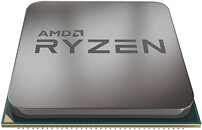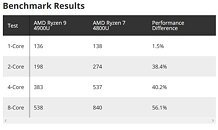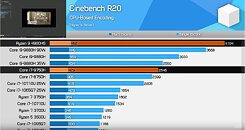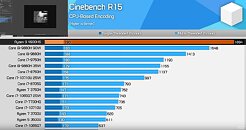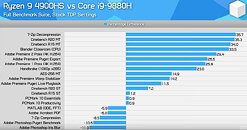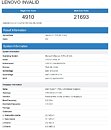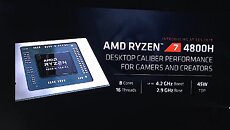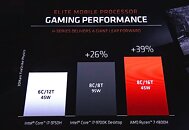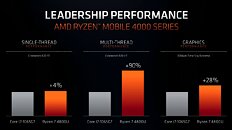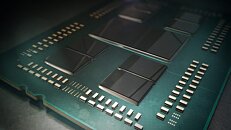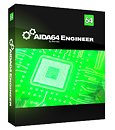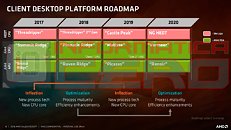
ASUS Readies Zenbook 14 Model Combining Ryzen 4000 and GeForce MX350 Graphics
ASUS is giving finishing touches to the launch of a new Zenbook 14 (UX434IQ) model with a combination of a Ryzen 4000 "Renoir" processor and NVIDIA's entry-level GeForce MX350 discrete graphics. Although never pictured and with no confirmation of whether it gets the swanky ScreenPad (a color touchscreen that works like the notebook's trackpad); the combine surfaced in a Futuremark database submission.
The Zenbook 14 (UX434IQ) combines an AMD Ryzen 7 4700U (8-core/8-thread) processor with NVIDIA GeForce MX350 discrete graphics, and more interestingly, 16 GB of LPDDR4x-4266 memory. The "Pascal" based MX350 graphics features 640 CUDA cores, and a 64-bit GDDR5 memory interface holding 2 GB of memory. It's marketed to offer a 2.5x performance uplift against an Intel Gen 9.5 iGPU, but we're not sure if it makes even a 1.5x uplift over the iGPU of the 4700U (448 "Vega" stream processors, 1600 MHz engine clock, plenty of memory bandwidth at its disposal thanks to LPDDR4x). The notebook also packs a decent Samsung PM981 1 TB NVMe SSD.
The Zenbook 14 (UX434IQ) combines an AMD Ryzen 7 4700U (8-core/8-thread) processor with NVIDIA GeForce MX350 discrete graphics, and more interestingly, 16 GB of LPDDR4x-4266 memory. The "Pascal" based MX350 graphics features 640 CUDA cores, and a 64-bit GDDR5 memory interface holding 2 GB of memory. It's marketed to offer a 2.5x performance uplift against an Intel Gen 9.5 iGPU, but we're not sure if it makes even a 1.5x uplift over the iGPU of the 4700U (448 "Vega" stream processors, 1600 MHz engine clock, plenty of memory bandwidth at its disposal thanks to LPDDR4x). The notebook also packs a decent Samsung PM981 1 TB NVMe SSD.





